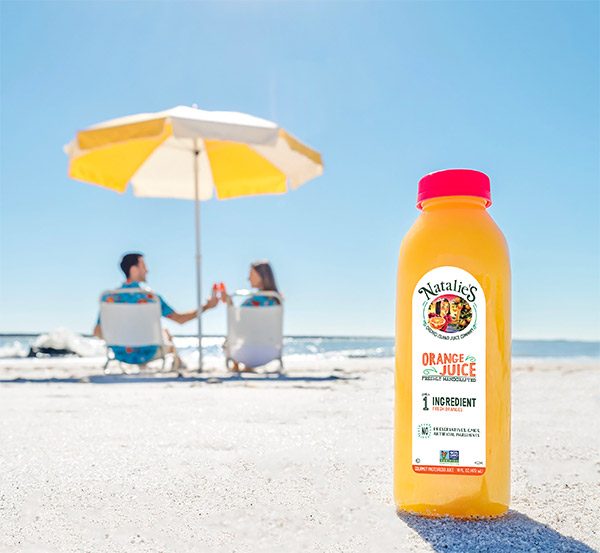It’s All in the Label — Or Is It?
When a food is labeled as ‘natural,’ what does the designation really mean?
Date: March 24th, 2016The consumer cry for more transparent food labeling has reached federal levels, with the FDA currently reviewing three public petitions asking it to clarify the use of the term “natural” on foods labeled for human consumption. In fact, one of the petitioners, the Consumer’s Union (CU) — the non-profit group that publishes Consumer Reports Magazine — was compelled to petition the FDA when it realized from its own research that what the public expects the term “natural” to mean drastically differs from the way the food industry is using it on product labels. The CU has actually asked the FDA to forbid the future use of the term on labels.
The problem all stems from the fact that there is no universally agreed standard for what “natural” means. Nonetheless, Consumer Reports found that 62 percent of grocery consumers believe the “natural” label should assure them that no artificial ingredients, chemicals, pesticides, or GMOs were involved in the items growth, process, or handling.
The FDA just extended its public comment period into May of this year, but even when it makes its recommendation, there’s no way to guarantee the term “natural” will end up matching what consumers say they expect.
For consumers looking to avoid being misled by the “natural” moniker, I always suggest they examine the ingredient list. That’s where they’ll most easily find evidence whether that food item meets their criteria for “natural” or not. In our juice products, for instance, you’ll usually find that we use between one and four ingredients only. We use whole fruits and vegetables so our customers know there are no preservatives, concentrates, colors, or flavor packs used in our production. Since there’s no clear definition of “natural,” the ingredient list may be your best guideline.
In addition, consumers often ask us what our other popular label terms mean. Here are a few more:
First is “pasteurized.” At Natalie’s, we do not over-process or mass-produce our juices. Our juices are made in small batches with locally sourced ingredients and are gourmet pasteurized at the minimum temperature for the minimum amount of time (allowed by the FDA) to retain quality and nutrition. Many others over-pasteurize their drink products with a goal of extending shelf life at the cost of freshness.
To better understand how your food is being processed, it is imperative to read the shelf life (or expiration date) on the package. Fresh produce can last up to two weeks — this is an excellent indicator of “fresh.” If you are consuming food or beverages that have over a month’s shelf life, you must ask yourself the question: What are they doing to make my food last this long? Are they adding artificial ingredients? Are they adding preservatives? Or are they over processing?
Another word utilized by Natalie’s is “clean.” We have moved away from using the word “natural” since it no longer holds the value it once did. “Natural” has been abused by the food industry and we do not want to associate our brand or our juices with this term. Our juices are clean label which means we simply provide the consumer with the whole fruit or vegetable indicated on the label. There are no preservatives, no natural colors, no artificial ingredients, no GMOs, and no concentrates ever added to our juices. We are passionate about providing our consumers with a source of authentic nutrition. Life is complex enough, food should be kept simple.
Natalie Sexton is the Director of Marketing for Natalie’s Orchid Island Juices, a Florida-based authentic, fresh-squeezed juice company with a presence in 30 states and 24 countries.
http://www.thedailymeal.com/healthy-eating/it-s-all-label-or-it


